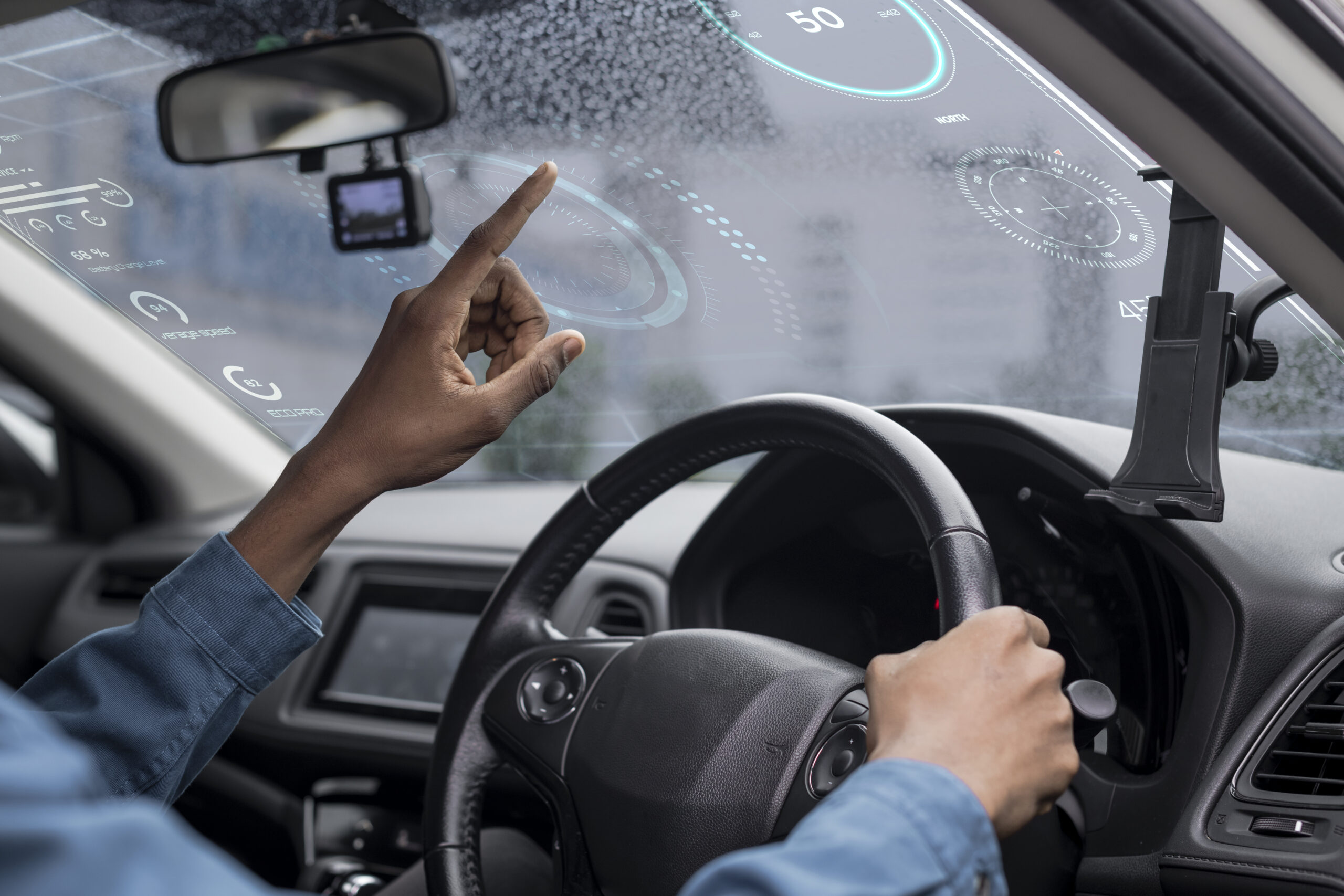One example of a use case for middleware in the automotive industry is in the development of advanced driver assistance systems (ADAS). These systems use a variety of sensors, such as cameras, radar, and lidar, to gather data about the vehicle’s surroundings. The data from these sensors is then processed by the ADAS system to provide features such as lane departure warning, automatic emergency braking, and adaptive cruise control.
Middleware can be used to facilitate the communication and data sharing between the various sensors and the ADAS system. It can act as a bridge between the sensor data and the ADAS algorithms, allowing the system to access and process the data in real-time. Additionally, middleware can also be used to manage and prioritize the data streams from the different sensors, ensuring that the system can access the most relevant information at any given time.
Furthermore, the middleware can also be used to enhance the scalability and flexibility of the system by allowing the integration of new sensors and technologies, such as 5G or V2X (vehicle-to-everything) communication, easily into the system. This can help to future-proof the vehicle and improve the functionality of the ADAS system over time.
In summary, the usage of middleware in the automotive industry allows for efficient communication and data sharing between different systems, improve real-time processing and management of sensor data, and allows for easy integration of new technologies into vehicles.
In the automotive industry, there are several middleware frameworks that are commonly used to facilitate communication and data sharing between different systems and components in a vehicle. Some examples include:
- AUTOSAR (AUTomotive Open System ARchitecture): This is an open and standardized middleware framework that is widely adopted in the automotive industry. It provides a common software platform for the development of automotive electronic systems, and includes a set of standardized interfaces for communication between systems.
- GENIVI (GENeral Interface for Vehicle Infotainment): This is an open-source middleware framework that is focused on the development of infotainment systems for vehicles. It provides a set of standardized APIs and services for the integration of navigation, audio, and other infotainment features into vehicles.
- OpenDaVINCI: This is another open-source middleware framework that is designed for the development of autonomous driving systems. It provides a set of libraries and tools for the implementation of sensor fusion, decision-making, and control algorithms in vehicles.
- ROS (Robot Operating System) : This is a widely used open-source middleware framework that is designed for robot applications, but also adopted in automotive industry for autonomous vehicle development. It provides a set of libraries and tools for the development of robot applications and has a large community and support.
These frameworks provide a set of pre-built tools and libraries that can be used to develop and implement middleware solutions for the automotive industry, allowing for efficient and consistent communication and data sharing between systems.

Leave a Reply